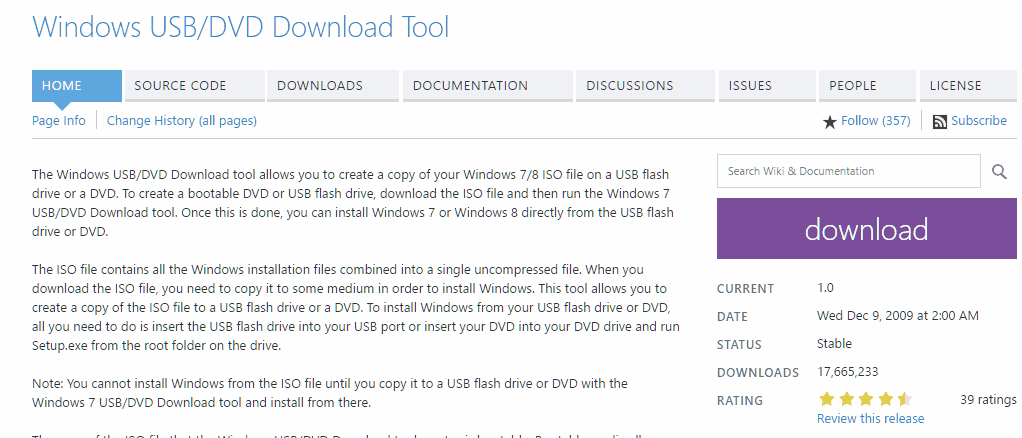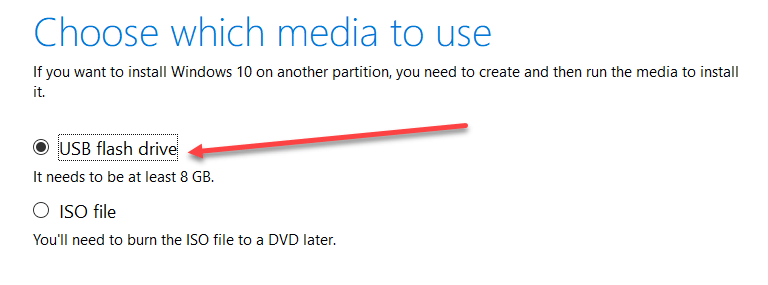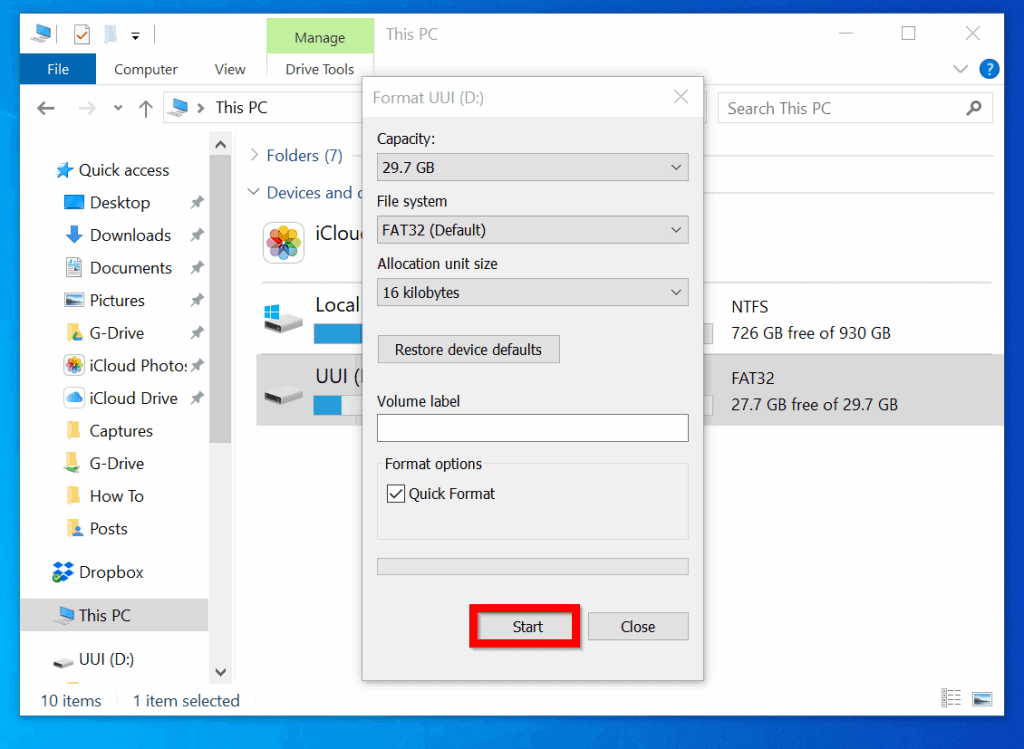


Either way, keep in mind that you have to enter in the information related to your operating system's legally registered version.

If you have Windows 7 Professional, Ultimate, or any of the other 8 or 8.1 Pro editions, you'll get Windows 10 Pro. So, if you have Windows 7 Starter, Home Basic, Home Premium, 8, or 8.1, you'll get Windows 10 Home. Keep in mind that the Windows 10 version that gets installed depends on what you had previously. Otherwise, you'll be able to choose where you want to save the new files, which will replace their older versions. When you open the program, it will ask you whether you want to update your current Windows system or create an installation disc. Or you could do it now by yourself using this official tool, which allows you to download an ISO image and even create a DVD or USB installation to use on other computers. E copies all subfolders, /H copies all hidden files and /F displays all source and destination file names as it’s copying.To install Windows 10 using an earlier versions of Windows, you could wait and use the default software updater for an automatic installation. You can either do this from Windows using Ctrl+C+ Ctrl+V, or from the command line using xcopy. Copy the entire contents of the ISO to your flash drive Where E:\ in this case is my flash drive’s letter. My ISO is mounted as G:\, so I’ll navigate to G:\boot and run: C:Windowssystem32> G:

Navigate to the mounted image and install a bootsector This will exit diskpart, but leave the command window open. To format it, we’ll use the NTFS file system and run a quick format: DISKPART> format fs=ntfs quick If you’re really curious, run list partition to check. Since we know there is only one partition, we can just run this: DISKPART> select partition 1 Create a partition DISKPART> create partition primary Make sure you want to do this! If you are sure, run: DISKPART> cleanħ. The clean command marks all data on the drive as deleted and therefore removes all partitions and volumes. Run clean WARNING: This deletes all data on your drive I can see here that you would like to create a Windows 10 USB Media Creation Tool from your ChromeOS. In the example above, my flash drive is disk 2 so I’ll run: DISKPART> select disk 2Ħ. I am trying to Install Windows 10 clean install on another computer that had Windows 10 installed on it. Select your flash drive by running select disk #įind the item that corresponds with your flash drive and select the disk. You’ll see the something similar to this: DISKPART> list diskĥ. This will open and run the Diskpart command line utility, which allows you to manage disks, partitions and volumes.Ĭ:\Windows\system32> diskpart 4. Hit Windows Key, type cmd and hit Ctrl+Shift+Enter. Insert a usb drive at least 4gb in size 2. And who uses DVD’s anymore? Download the Windows 10 preview ISO from here: Steps 1. I’m writing this because I can, for some reason, never remember how to use Diskpart.


 0 kommentar(er)
0 kommentar(er)
